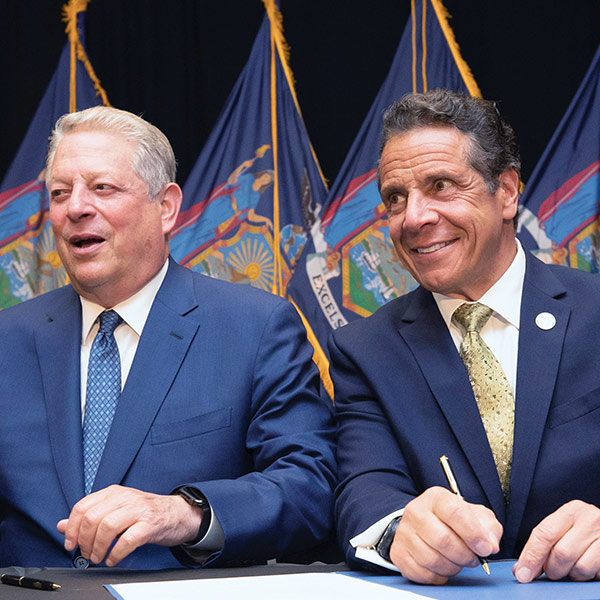By Christen Smith
VALLEY FORGE, Pa. — PJM stakeholders last week expressed concern that a proposed Tariff filing by transmission owners could undermine FERC-ordered transparency rules for certain supplemental projects.
Consumer Advocates of the PJM States (CAPS) asked the Markets and Reliability Committee last week to open up discussion on the agenda item that was originally listed as informational — meaning stakeholders don’t discuss it during the meeting — after some wondered why a Tariff attachment that dealt with “critical” transmission assets wasn’t vetted with involvement from all sectors.
“If the TO’s aren’t taking an item like this into the Planning Committee, then what is the point of the PC?” CAPS Executive Director Greg Poulos asked, referring to the path stakeholders usually take to endorse Tariff filings. “It’s certainly something we need to discuss.”
The attachment in question, developed by multiple TOs, outlines a process to vet transmission system enhancements designed solely to remove critical assets — typically substations — from the CIP-014-2 list, which contains fewer than 20 assets within the PJM footprint. NERC reliability standards deem these assets “highly critical … that, if rendered inoperable or damaged due to physical attack, could result in significant grid concerns: widespread instability, uncontrolled separation or cascading.”
According to PJM rules, replacing these CIP-014-2 assets — which count as a subset of supplemental projects — with new facilities must involve an open and transparent discussion with stakeholders. But doing so, the TOs contend, poses the dilemma that the highly secretive location of these facilities could be revealed.
TOs suggest a comprehensive vetting process that involves analysis and confirmation from PJM that projects capable of removing the assets from the CIP-014-2 list do not overlap with an existing baseline upgrade in the Regional Transmission Expansion Plan nor do they harm system reliability. TOs will also consult state commissions, but public review of the project won’t begin until after its put into service. The TO zone where the project was built will assume 100% of the cost, according to the draft, keeping in line with other supplemental project rules. The filing will sunset after five years.
“There is a finite number of these facilities,” said Ken Seiler, PJM’s vice president of planning. “Our goal is to get those facilities off the list so they are no longer critical. Our goal is to get it to zero and have no further facilities like this in our future going forward.”
Pulin Shah, director of transmission strategy and contracts for Exelon, told the MRC it was accepting stakeholder comments on the Tariff filing via email through Sept. 16.
“We do not have a particular time frame [for filing] because this is essentially a TO initiative,” he said. “The feedback process can impact next steps. If we receive no comment, we move to the next step in preparing a filing. If comments require an extensive level of responses, obviously that’s going to affect next steps.”
Many in the room, however, objected to the process through which the language was drafted and wondered how the sector would provide transparency into the concerns raised through the emailed comments.
“It could be viewed as a stepping stone to putting more supplemental projects behind a veil where there is no transparency to customers,” said Susan Bruce, an attorney representing the PJM Industrial Customers Coalition. “I think you can presume that you will get questions. My hope is that there is a process around [those questions] that is transparent to those of us who asked them.”
David “Scarp” Scarpignato of Calpine questioned the cost of replacing the facilities.
“How many dollars are you talking about here? That’s a pretty serious consideration,” he said. “If you are talking about super critical things … I’m thinking it’s in the lots of billions. Why is this not open to competition?”
Steve Herling, PJM’s executive consultant, said cost assumptions can’t be made at this stage, given that the proposed process is not yet in use and no solutions have been offered.







